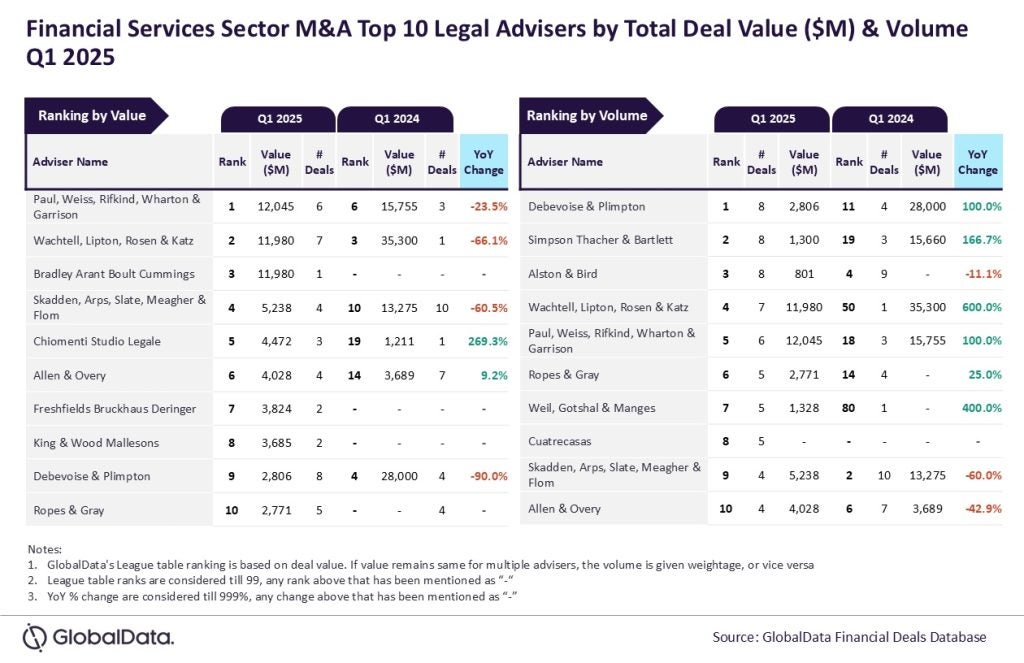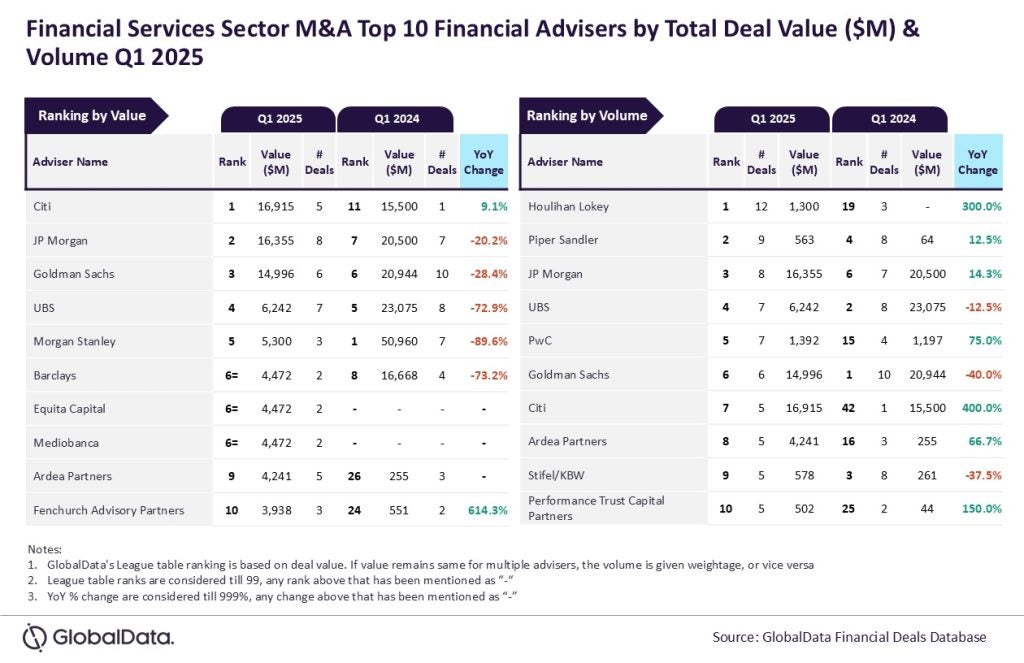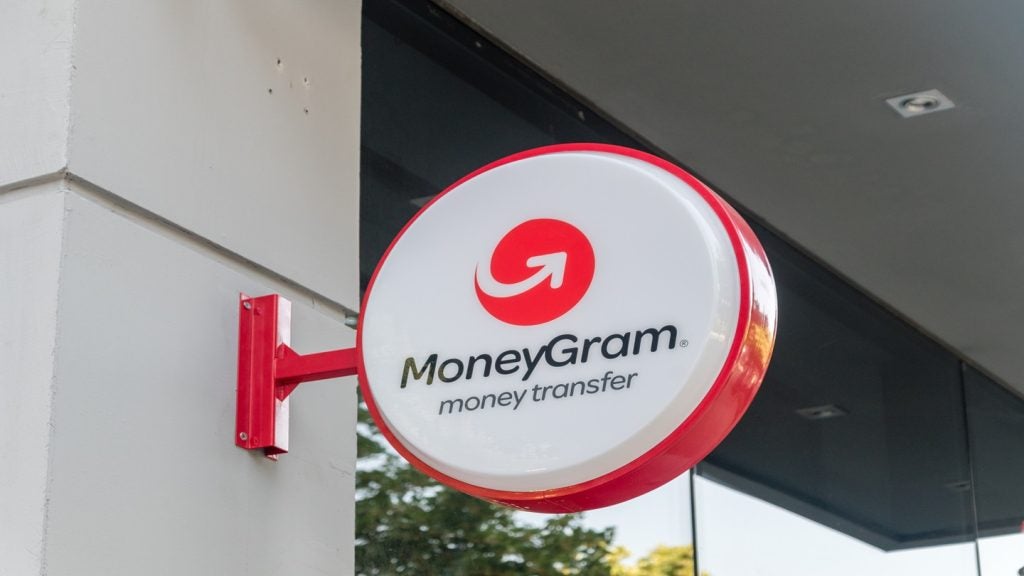BMO Financial Group is making rapid progress in migrating its customers to digital channels, Cesar Rainusso, BMO’s vice-president, Digital Channels, tells Robin Arnfield
"Our U.S. subsidiary BMO Harris continues to see customers move their day-to-day transactions away from branches to our digital channels, particularly check deposits," says Rainusso. "In the past two years, our U.S. customers have moved almost 20 percent of their cheque deposits to our ATM and Mobile Deposit channels. This momentum is particularly strong with our customers aged between 30 and 55."
Rainusso says BMO Bank of Montreal’s Canadian customers continue to do more of their day-to-day transactions using its digital channels. "Our Canadian mobile channel saw 69 percent growth in transaction volume year-on-year as of 30 April 2015," he says. "Canadian customers are also using our digital channels to facilitate engagement in assisted channels such as branches, as our digital appointment bookings increased by 28 percent from Q1 2015 to Q2 2015. The digital bookings were up 46 percent year-on-year, primarily driven by the launch of appointment booking on mobile banking in February 2014."
Like BMO Bank of Montreal, BMO Harris allows customers to use mobile banking to set up appointments at BMO branches with bankers to discuss their financial needs.
According to the Celent Model Bank 2015 report by Celent analysts Jacob Jegher and Stephen Greer, mobile appointment booking contributed approximately $2 million in revenue in BMO’s 2014 financial year ending 31 October.
Rainusso says that around 60 percent of BMO Harris Bank’s (U.S.) customers are digital. "In Canada, 49 percent of active Everyday Banking (EDB) customers are active on online banking, which also includes mobile and tablet customers," he says.
Brand alignment
"The principles of our digital banking offering are closely aligned to our brand vision of providing a consistent customer experience as one bank across a range of touchpoints through intuitive, engaging interfaces, while providing a human touch in everything we do," says Rainusso.
Digital customers have proved beneficial to BMO in several ways, says Rainusso. "We’ve seen U.S. digital customers become 20 percent more likely to stay with the bank and, as a result, hold more balances than their ‘offline’ counterparts," he says. "On the transactional side, digital customers are much heavier users of value-added services such as e-transfers, bill payments, and credit and debit cards. Additionally, U.S. digital customers report higher satisfaction due to the simplicity and benefits of solutions such as Bill Pay and Mobile Deposit. Our Canadian digital customers appreciate the convenience of applying for products digitally, as our Canadian digital channels delivered the sales equivalent of 90 branches in Q2 2015 and 94 branches year-to-date as of 30 June 2015."
Mobile banking
Mobile banking is the fastest growing channel at BMO Harris and BMO Canada, Rainusso says. "This is consistent with the rise and mainstream popularity of smartphones globally," he says. "We expect mobility to dominate the digital space in the near- and long-term."
"Our U.S. customers have benefited from significant investments in our mobile banking capabilities," says Rainusso. "This includes the rollout of our Mobile Cash cardless ATM withdrawal service; Total Look® for Mobile, which provides a complete view of a customer’s accounts on their mobile device; and enhancements to Mobile Deposit. As a result, usage and mobile banking sessions are up by double-digits this year, and we’ve seen a rapid increase in ‘mobile-only’ digital customers – digital customers who only use BMO Harris Mobile. We expect this trend to continue."
BMO’s Canadian customers’ adoption of mobile banking has remained strong as a result of the bank adding enhancements such as fingerprint authentication via TouchID for iPhone banking customers, Rainusso says. "Active users of our Canadian mobile channel have grown by over 50 percent year-on-year, while more transfers are completed on mobile (4.9 million in the second quarter ending 30 April of BMO’s 2015 financial year) than on ATMs (450,000) and branches (1.76 million) combined."
"We’ve had a tremendous response to our TouchID solution in Canada," says Rainusso. "It’s generating strong customer advocacy in the Apple AppStore and across social media, and its convenience is having a strong impact on customer engagement. Over the first full month since its launch in May 2015, we saw a 35 percent increase in average monthly mobile logins compared to the previous three months before launch."
In July 2015, BMO Harris launched TouchID fingerprint authentication for its iPhone banking customers and Passcode numerical authentication for its Android banking customers. Both TouchID and Passcode are used to authenticate Mobile Cash transactions.
When Mobile Cash was launched in March 2015 on 750 BMO Harris ATMs, BMO had the largest cardless ATM network in the U.S. A further 150 BMO Harris ATMs were due to offer the service by June 2015. "Our results have exceeded expectations, as Mobile Cash usage continues to grow at 10 percent plus monthly," says Rainusso.
Digital sales
"All our digital sales applications are built internally with direct connections to BMO’s back-end systems," says Rainusso. "We’re currently on the journey of leveraging Adobe Forms (part of Adobe Experience Manager Suite) to build and manage the application templates, providing us with more flexibility in making front-end changes to applications and allowing for easier testing of concepts."
In Canada, BMO offers the ability to open chequeing and savings accounts via its mobile and tablet apps, in addition to credit card product applications. "Customers are able to quickly apply for these products, as we prefill the majority of their personal information for them," says Rainusso. "Bank accounts are opened instantaneously and are available for immediate use. For credit cards, if approved, customers receive an approval message in under a minute."
Rainusso says that BMO Harris customers can open new accounts using their mobile devices on the bmoharris.com website. "We’re looking at future opportunities to optimize account-opening for the mobile experience in the U.S.," he says.
Personal financial management tools
In March 2015, BMO Harris became one of the first U.S. financial institutions to offer PFM via smartphone and tablet banking with its Total Look® for Mobile service.
"In 2013, we made a significant update to Total Look for Online Banking, which allows our customers to view their whole financial picture, including investments, insurance, rewards, and other financial holdings," says Rainusso. "Customer usage of Total Look has increased by 30 percent plus this year, and we will continue to invest in our Total Look capabilities in the future."
In January 2015, BMO became one of the first Canadian banks to offer full-function PFM tools in its new iPad app, which offers customers access to personal banking and self-directed investing services. "Customers can set and track spending, set savings goals and budgets in addition to their everyday banking needs," says Rainusso.
"BMO’s Banking and InvestorLine iPad app brings together two lines of business that have, to date, existed as separate websites and mobile apps," says the Celent Model Bank 2015 report. "Launching an integrated tablet app paves the way toward a continuously rich and integrated digital channel."
Analyst comment
In March 2015, for the third consecutive year, BMO Bank of Montreal was recognized by U.S.-based research firm Celent with a 2015 Model Bank Award for excellence in the digital banking category. BMO’s mobile app was named "Best New App" by Apple in 2014.
BMO came second behind CIBC and Scotiabank, which both scored 75, with a score of 69 in Forrester Research’s 2015 Canadian Mobile Banking Functionality Benchmark. TD Canada Trust scored 68 and RBC Royal Bank of Canada scored 61 in the Forrester ranking.
"BMO makes it especially easy to make transactions, with task-flow design that includes progress indicators and clear guidance," Peter Wannemacher, a senior analyst at Forrester Research, wrote in the 2015 Canadian Mobile Banking Functionality Benchmark report.
Most of the Big Five Canadian banks evaluated by Forrester make it easy for customers to find nearby branches and ATMs using mobile banking, such as providing key information such as hours of operation and step-by-step directions. "BMO continues to lead in this area with a best-in-class branch appointment scheduling feature that is available across mobile and other touchpoints," Wannemacher wrote.
Strong position
"BMO’s digital banking strategy is in good shape, with its leaders and executives putting it in a strong position for the future," says Wannemacher. "But it will take time and more enhancements to achieve long-term success. For example, the fact that BMO recently rebuilt almost all of its marketing and sales content – including some key functionality for digital shoppers – using responsive web design is a forward-looking move that will reap benefits over the mid- and long-term."
Responsive web design is a way of writing code which means that the website responds to the screen size and type of device. This results in product applications which are mobile-friendly, Wannemacher says.
In terms of BMO’s presence in the U.S. versus Canada, the two brands (BMO Bank of Montreal and BMO Harris) are in very different market positions, Wannemacher says. "BMO is one of the ‘Big Five’ in Canada, which means it needs to be a national brand appealing to a very wide swathe of consumers," he says. "BMO Harris, on the other hand, is a regional bank in the huge and varied U.S. banking market. This provides BMO with a huge opportunity. The bank can experiment with different brand positioning for BMO Harris and see what resonates. If certain marketing or digital tactics, or even wider digital strategies, are particularly successful for BMO Harris, then BMO could consider using them North of the border."
For years, BMO struggled to embrace digital strategy or to put the right emphasis and resources behind it, Wannemacher says. "BMO did enough to meet customers’ and prospects’ basic needs via digital touchpoints, but not a lot more," he says. "BMO lagged behind RBC in its digital efforts. But that’s no longer true. BMO (along with CIBC and – more recently – Scotiabank and TD) is now as strong as RBC in many areas, and in other areas is even stronger than its peers, offering more convenient digital tools – the option to set up travel notifications via mobile, for example. But there are still some areas where BMO needs to improve. It’s behind other Big Five banks in offering mobile wallet capabilities, and is the only bank that doesn’t let mobile bankers import phone contacts as Interac e-Transfer person-to-person payment recipients, which is slower and less convenient."
In its development of new-generation mobile and tablet banking services, BMO was intent on providing the best possible user experience to its customers, the Celent Model Bank 2015 report says. "The bank put a tremendous amount of effort into design and experience, and internally pioneered a design process that was much more inclusive of input from their customers," Celent says. "The mobile app is easy to use, and provides fluid navigation and access to a wide array of functionality."
"Another key consideration for usability is the integration of banking and brokerage (in the single iPad app)," Celent says. "(BMO) recognized the different user paradigms, feature sets, and engagement models between a banking customer and a self-directed investing client, but sought to rationalize common elements such as layout, iconography, fonts, and more. The result is a consistent experience that delivers ease of use for both banking and investing. This element of the project provided several internal challenges given that the self-directed investing function was under the mandate of a different group from the banking team at the time of the (integrated) tablet app project. The bank has since restructured to place the teams under a single channel executive. The combined group was able to take advantage of internal synergies and work together on the single app solution. Furthermore, the bank was able to leverage internal synergies for marketing, communications, and front-line training and reduce costs as a result."
Differentiation
Differentiating their digital offering from other Canadian banks’ digital offerings is a problem for all the Big Five banks, not just BMO, says Wannemacher.
"They’re all national brands trying to be all things to all people – or at least all bank customers," Wannemacher says. "I realize that executives at these banks are in a tough spot, but brand positioning is critical to long-term success. So, at some point, banks will need to use digital strategy to not just offer great services to customers and prospects, but to differentiate their brands."







